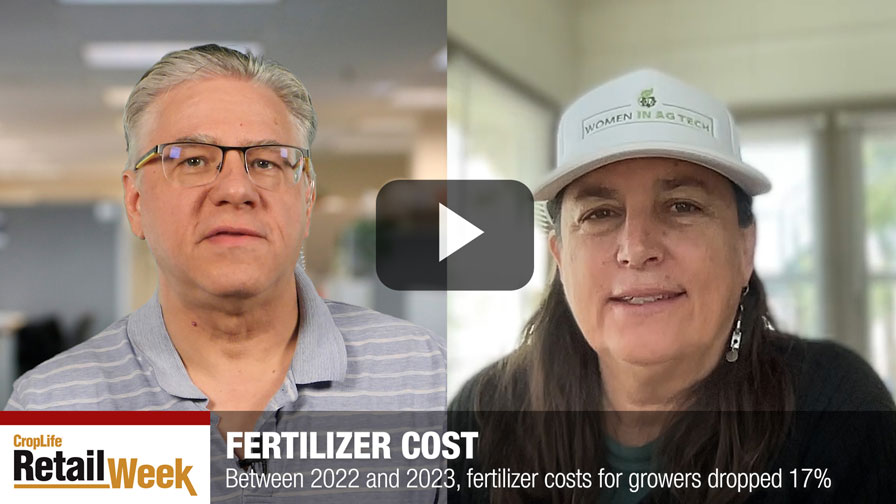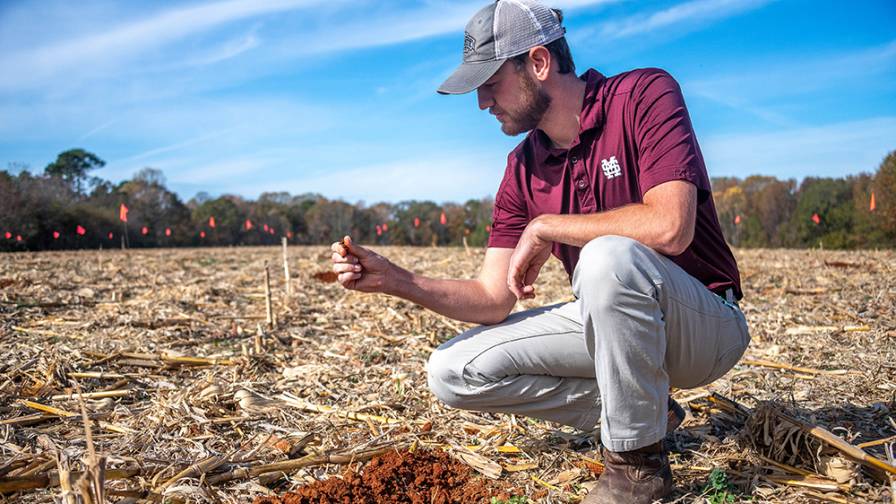Late Planting Could Cost Ohio Over $980 Million
Barry Ward, production business management leader with Ohio State University Extension, said he has roughly figured that lower yields due to late planting could cost corn growers $720 million and soybean growers $260 million in gross income at the farm gate. The estimates are based on the acres of each crop that farmers said in March they expected to plant, and on the lower yields expected because of the late planting.
However, the estimates are just ballpark figures based on certain assumptions made at “a snapshot in time,” he said. He expects the losses to grow. Although a recent break in Ohio’s rainfall has allowed many Ohio farmers to get in their fields, planting is still far behind average, and the economic impact “continues to grow daily,” said Ward, who is also an assistant professor in Ohio State’s Department of Agricultural, Environmental, and Development Economics (AEDE).
Furthermore, the analysis incorporates estimates just for corn and soybeans, not other parts of agriculture.
“It’s a very incomplete picture,” Ward said. “There are certainly other losses being experienced in the agricultural sector, including substantial losses in fruit and vegetable production, and in the greenhouse and bedding plant industry. Quantity and quality losses in winter wheat might be expected due to disease. And, pasture and hay are also suffering losses in both quantity and quality. Poorer feed means less feed efficiency, and that will translate into losses in livestock, as well.”
In addition, the estimate does not include multiplier effects in the economy.
“Less income means that farmers have fewer dollars to spend on inputs and capital expenses, such as equipment and buildings,” Ward said. “But it also means less disposable income to make purchases that would have helped spur the local economy — they might hold off on buying a car or making other purchases.”
Fortunately, Ohio farmers in general have had four consecutive good years leading up to 2011.
“There have been pockets of Ohio that didn’t fare as well with the weather and their crops over the last three or four years,” Ward said, “but overall, most crop farmers in Ohio have been able to strengthen their financial positions in recent years, so this year might not be a death blow for them.”
The true economic impact of the late planting season won’t be known until fall, Ward said.
“The weather from now until harvest will determine the impact on yield and on income,” Ward said. Other factors that could change the outlook include how many farmers decide to take prevented planting crop insurance, and how many corn growers switch to soybeans. But this initial estimate “is a very conservative number,” Ward said. “This planting delay will definitely have an impact.”
(Source: Ohio Ag Connection)






